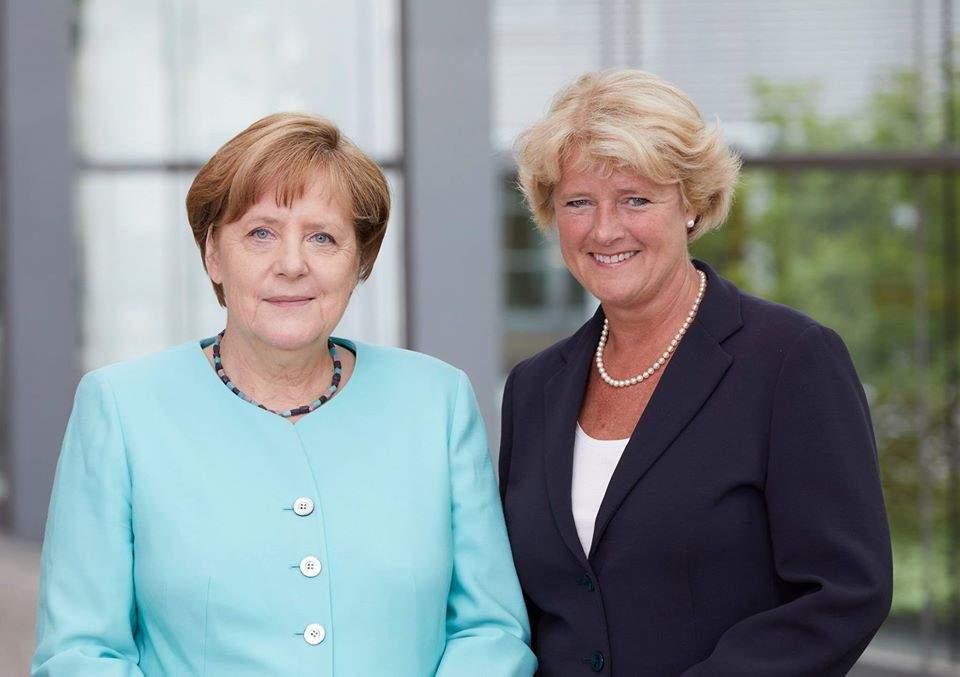It is a smart move that Germany has come up with to help artists and galleries during the coronavirus crisis: instead of handing out money over and over again, the German government has decided to multiply by six times the fund earmarked for the purchase of contemporary artworks for public collections, raising it from 500 thousand euros to 3 million for 2020. It means that, this year, Germany will purchase about 150 works of contemporary art for its museums, not only from fairs, but also directly from galleries and artists throughout the country.
The German federal government has been collecting works of art since 1971 (when the collection, the Bundeskunstsammlung, was started by then Chancellor Willy Brandt, based on the idea of Georg Meistermann, who was president of the German Artists’ Association at the time), and so far it has amassed a collection of 1,700 works, almost all of which were created from 1949 onward. There are works by major German artists, such as Georg Baselitz, Gerhard Richter, and AR Penck, as well as works by younger and lesser-known artists (in fact, the acquisition strategies have an all-encompassing look). The goal is to document artistic creation over the years and promote the development of contemporary art in Germany. “The contemporary art collection of the Federal Republic of Germany,” reads a government memo, “is based on the conviction that the visual arts play an essential role in a democratic society.”
One of the special features of the Bundeskunstsammlung lies in the fact that the works do not have a fixed location: in fact, they are loaned on a rotating basis to museums as well as to public institutions (local authorities, ministries, embassies, headquarters). The public usually sees the works at exhibitions and shows.
Deciding on the purchases (which cannot be proposed by the galleries) is an independent commission of experts, which changes every five years: for the five-year period 2017-2021, the commissioners are Ulrike Groos (of the Kunstmuseum Stuttgart), Anna-Catharina Gebbers (of Hamburger Banhof), Friedrich Meschede (of Kunsthalle Bielefeld), and Roland Nachtigäller (of Museum Marta Herford). The commissioners meet at Germany’s two major fairs (Berlin and Cologne) and the major world fair (Art Basel) to decide on purchases. Each have, the government provides the collection with a budget of about half a million euros, which, this year, as mentioned, has been significantly raised to 3 million.
“By increasing the budget,” said Culture Minister Monika Grütters, “we give a quick and effective boost to the Federal Art Collection, which can thus revitalize art production in this difficult situation. It will mainly be small galleries that will benefit from the purchases, and artists will be encouraged and supported through direct purchases from their studios.”
Pictured: chancellor Angela Merkel and minister Monika Grütters. Ph. Credit Laurence Chaperon.
 |
| Germany helps artists and galleries by buying works for public collection |
Warning: the translation into English of the original Italian article was created using automatic tools. We undertake to review all articles, but we do not guarantee the total absence of inaccuracies in the translation due to the program. You can find the original by clicking on the ITA button. If you find any mistake,please contact us.